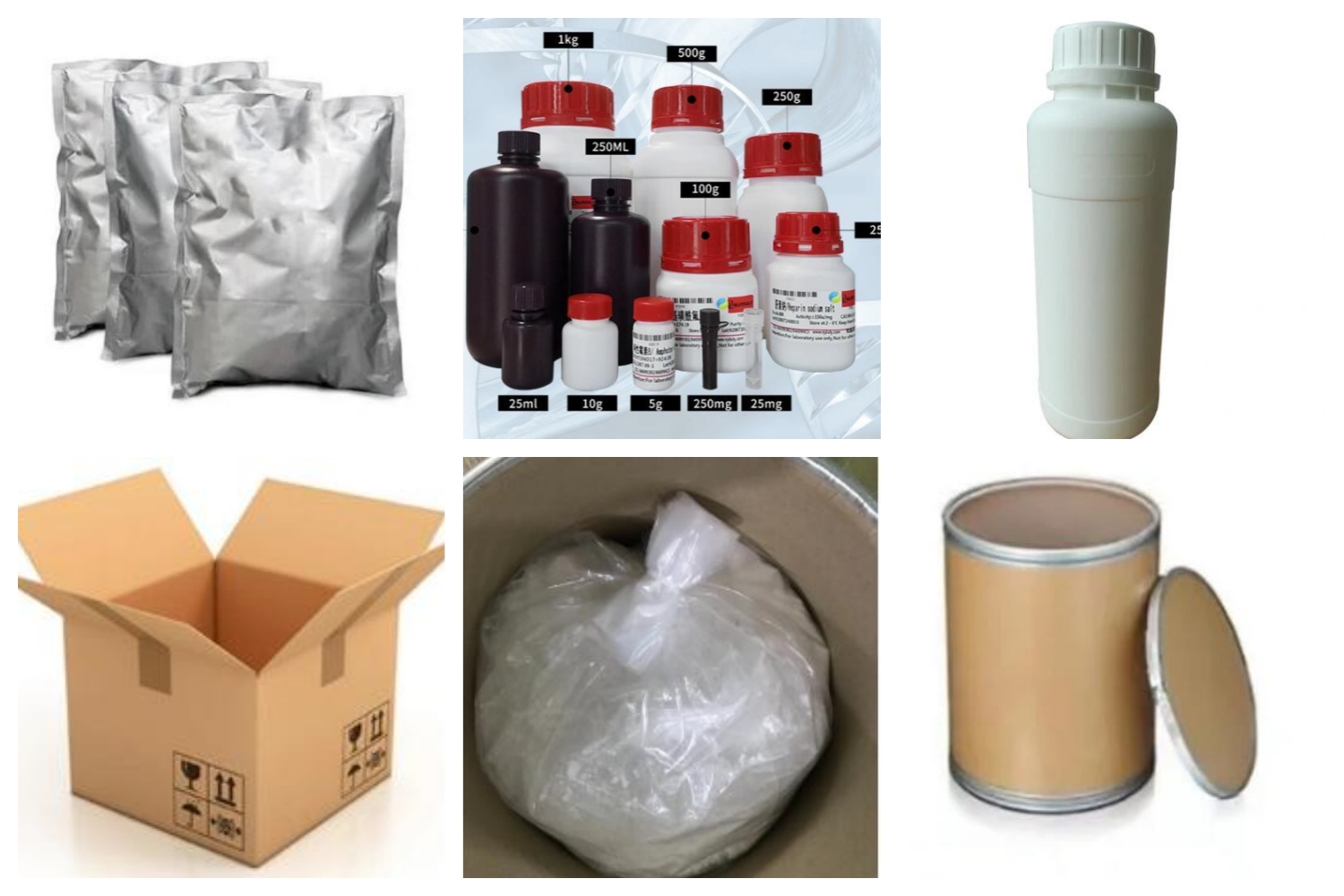Application and Effect
Hygromycin B is an antibiotic derived from the bacterium Streptomyces hygroscopicus. It exerts its effects by inhibiting protein synthesis in cells by interfering with the peptidyl transferase activity of the ribosome. Hygromycin B is effective against a broad spectrum of bacteria, fungi, and higher eukaryotic cells. One major application of Hygromycin B is as a selective agent in molecular biology and genetic engineering experiments. It is commonly used as a selectable marker in the production of transgenic organisms, such as plants, animals, and bacteria. By introducing a gene encoding resistance to Hygromycin B, researchers can easily identify and select cells or organisms that have successfully incorporated the desired genetic modification. To use Hygromycin B for selection, cells or organisms are typically treated with the antibiotic. Only the cells that have successfully integrated the resistance gene can survive and continue to grow, while the unmodified cells die off. This allows researchers to isolate and propagate the desired genetically modified cells for further analysis or application. In addition to its use in genetic engineering, Hygromycin B is also used as an antibacterial and antifungal agent in various research settings. It is used in cell culture systems to prevent contamination by bacteria, fungi, and other microorganisms that may interfere with the growth and study of cells.Product Packing:

Additional Information:
| Composition | C20H37N3O13 |
| Assay | 99% |
| Appearance | White powder |
| CAS No. | 31282-04-9 |
| Packing | Small and bulk |
| Shelf Life | 2 years |
| Storage | Store in cool and dry area |
| Certification | ISO. |
